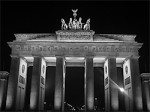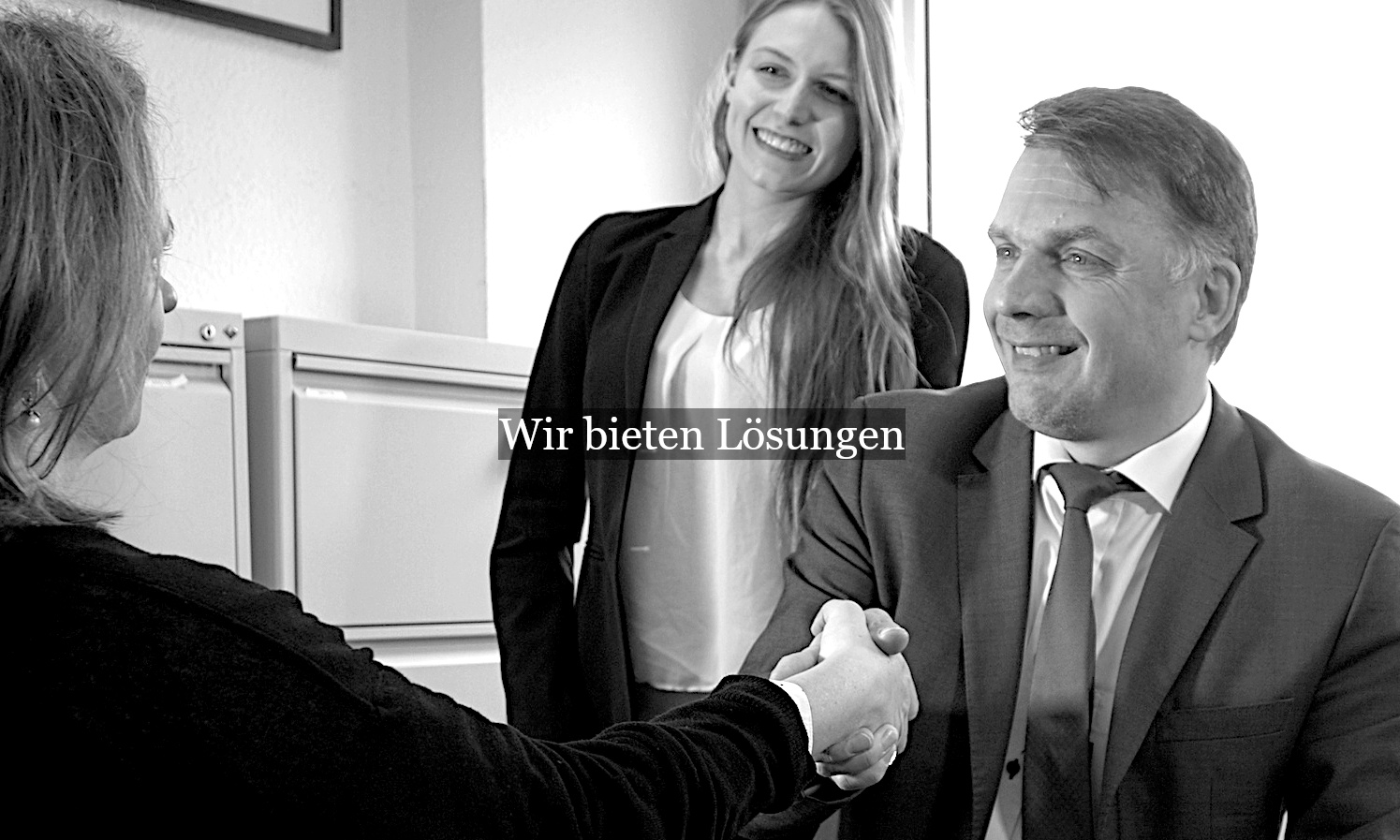 Many photographers are not aware of the fact that when buildings, people or brands are publically photographed in germany, the rights of third party persons must always be considered. However, this of course does not mean that there is a general public photography ban.
Many photographers are not aware of the fact that when buildings, people or brands are publically photographed in germany, the rights of third party persons must always be considered. However, this of course does not mean that there is a general public photography ban.
So how does it look in this case for the rights of the photographer and what is to be considered when taking pictures of buildings, logos and people in the public domain?
Pictures of buildings
Outdoor shots in public are basically unproblematic in so far as the photo only contains the facade of the subject matter and that the photo was taken in public. This is known as a panoramic freedom or Panoramafreiheit in German. The public domain consists of only the so-called ‘street perspective’. As soon as the picture goes beyond this, for example when a building or private property is entered into, the panoramic freedom no longer applies. The consent of the property or home owner must be given for images taken from the inside of a buildin.
Pictures of people
Photographs of people as a general rule affect the personal rights of those depicted. This is relevant even at the time of creation of the photo, from when the photographer pressed down on the shutter button and an image was taken. According to the Federal Constitutional Court of Germany (BverfGE NJW 2000, 1021) , even at this early stage, without the consent of the person depicted, there is a loss of control of the picture and this possible loss of control under certain circumstances even justifies a photography ban. Thus to be legally secure and certain, you should generally ask the people being phtographed for permission.
There are however exceptions, because under certain circumstances it is permissable to take pictures and publish them without the consent of the person. The most important exceptions are ‘accessories’ to a photo, public assemblies or gatherings and the public interest, all of which can be found in §23 KUG (German Art Copyright Act).
In the case of the supermarket and its employees, they could have been so-called ‘accessories’. An accessory is someone or something which has no impact or bearing on the overall picture. In other words, an accessory does not change the general message or essence of the image. The determination of an accessory is done on a case-by-case basis, based on the specific image in question.
With public gatherings or assemblies, participants are assumed to be captured on camera to a certain extent . Crucial with regards to public gatherings is that there is a collective manifestation of will as opposed to consent from each individual. Groups of people in parks and public transport are not considered to be assemblies or gatherings in a legal context. In contrast, photos of demonstrations, festive parades and large events are considered as such. Individuals may be singled out and depicted so long as the image gives a clear impression of the assembly in question.
In the public interest, the thirs exception, the placing of the person in the public domain is of considerable significance. This ranges from prominent persons from the realm of politics, culture, sport, sport, all of whom must accept a certain level of public recognition (BVerfG, 21.08.2006 – 1 BvR 2606/04, 1 BvR 2845/04, 1 BvR 2846/04, 1 BvR 2847/04). Important here is to balance the privacy interests of the person concerned and the placement of the person in the public domain as a result of the image. Photos of politicians or prominent figures at charitable events are undisputedly allowed to be published, whilst photos of them shopping or carrying out other private acts are not (BGH, 03.07.2007 – VI ZR 164/06).
Images taken of trademarks or brand logos
Trademarks in terms of names of companies and logos are naturally protected by trademark law, however in compliance with certain criteria, they can be phtographed. Important in this context is the use of the photo or recording. If a trademark or brand appears randomly on the screen, publication is unproblematic and is allowed. The publication of photographs is generally allowed if the image does not use the brand or logo as a form of advertisement or any other commercial purpose.
However, caution should be taken with regards to the brand’s reputation. Many trademark holders do not tolerate practical jokes in this context. The reputation of a trademark or brand should not be damaged or otherwise defamed through publication or public recognition.
Simple criticism is allowed as a fundamental part of freedom of expression. However, the boundary between permissable expression of opinion and impermissable abuse is always somewhat blurred.
Conclusion
Taking photographs in public is not without its risks, however it would appear that the approach taken with help from the federal police in cases such as that of the supermarket is disproportionate.
If you have any questions on this topic, attorney Hoesmann is happy to be your first point of contact and to be of assistance.
Whether you live in Berlin or elsewhere in Germany, we are here to provide you with a fast solution to your legal questions and problems.
Get in contact with us today:

